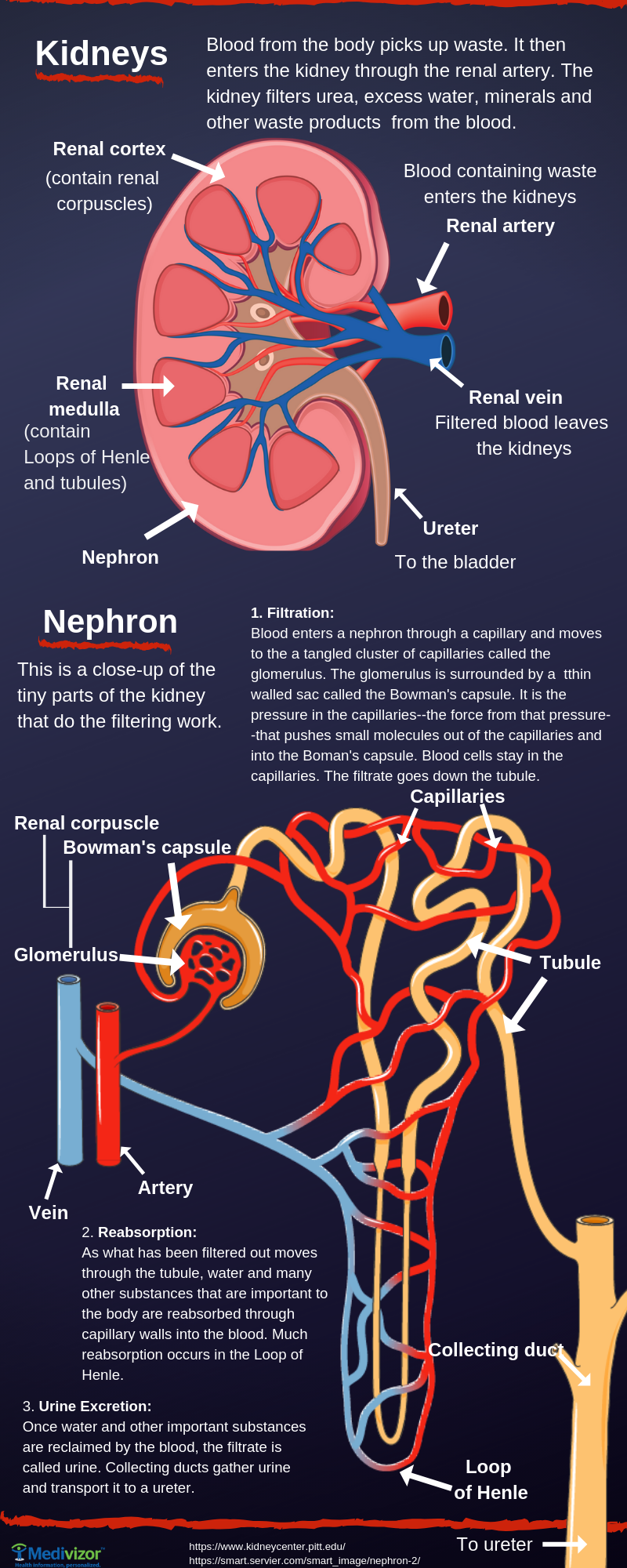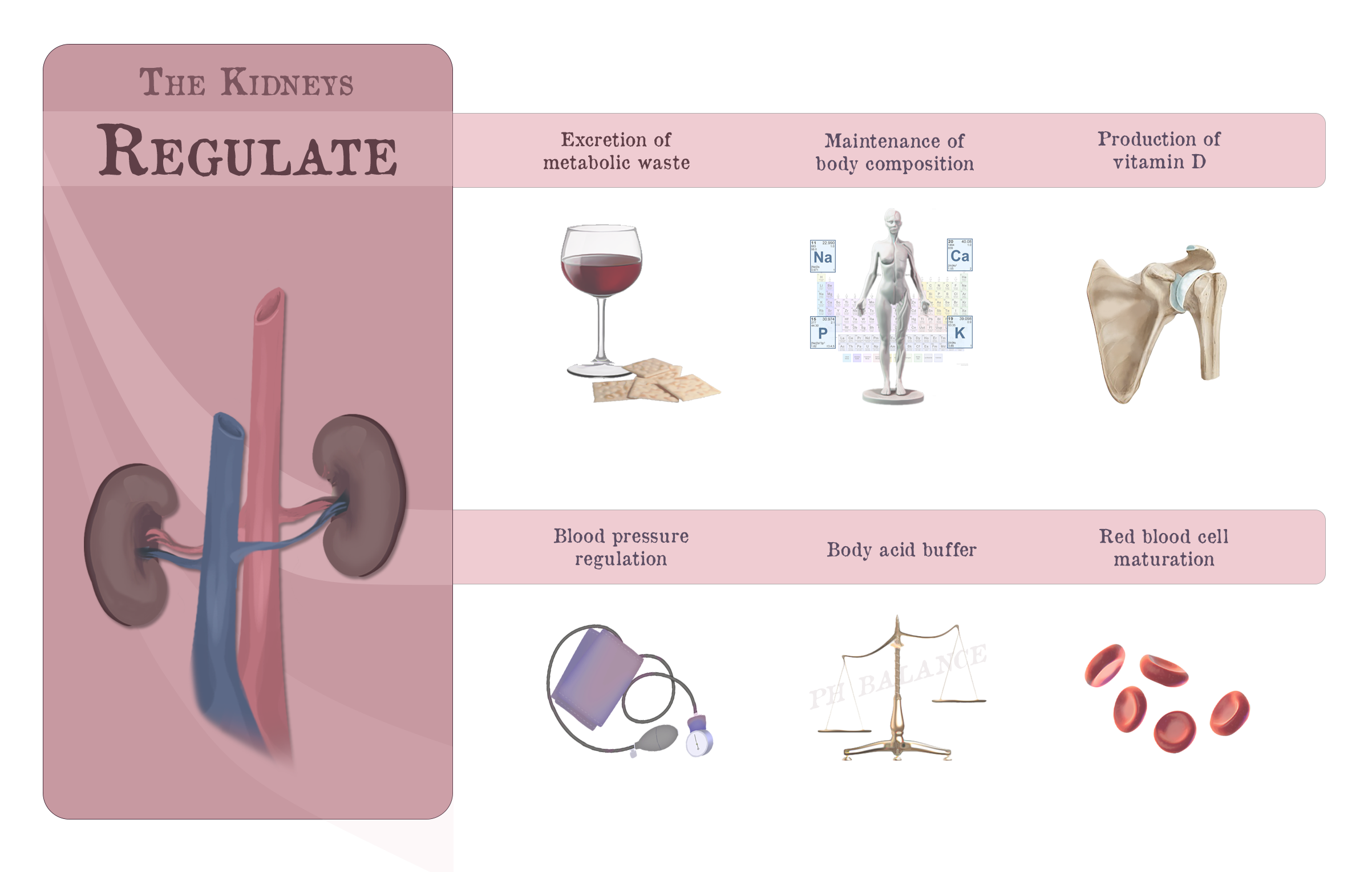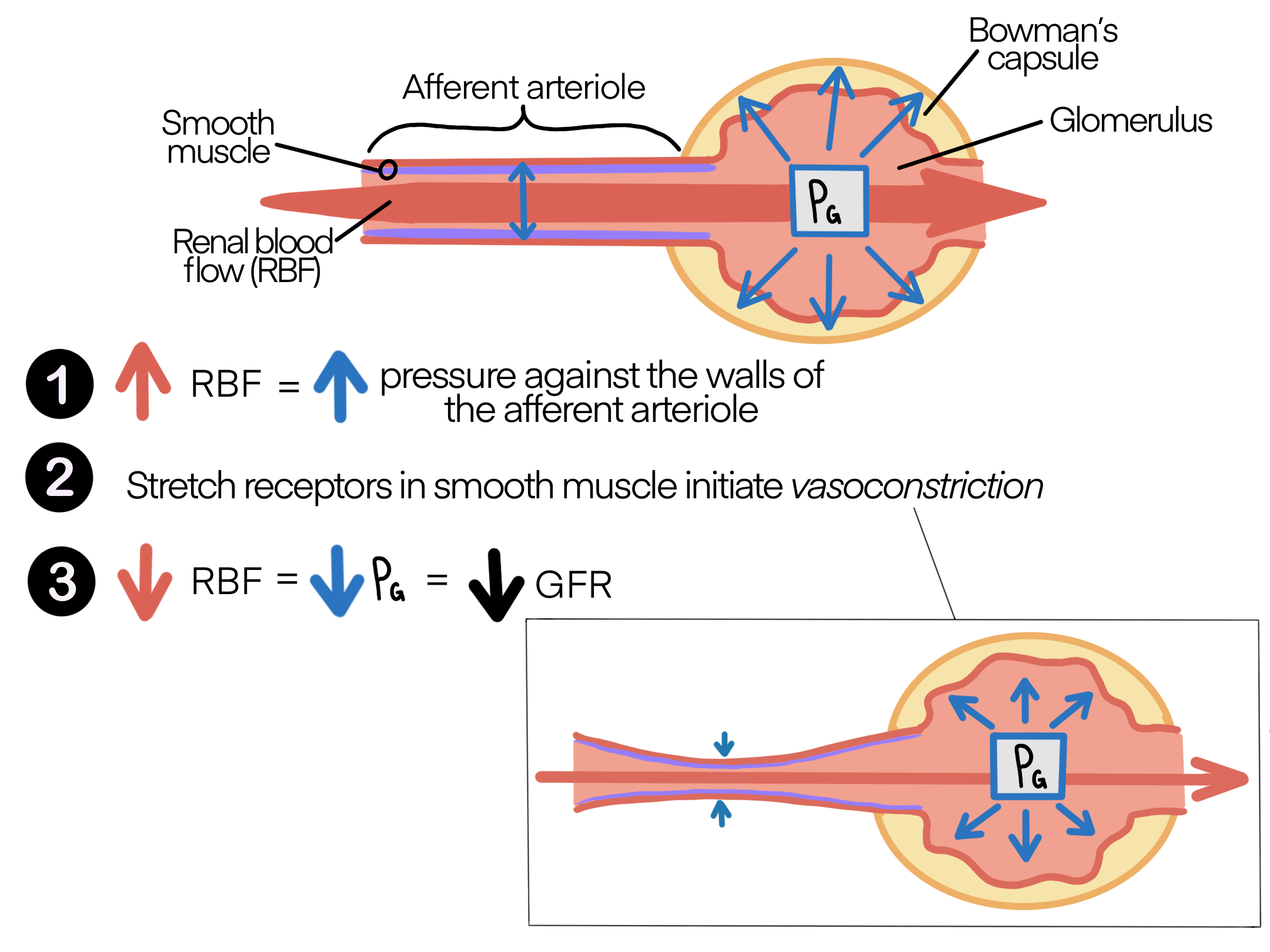Hormone Chart For Renal System Control On Blood Pressure Angiotensin II causes blood vessels to contract the increased blood vessel constrictions elevate the blood pressure Now let s take a look at how the kidney increases the circulating blood volume Angiotensin II also stimulates the adrenal gland to secrete a hormone called aldosterone Aldosterone stimulates more Na reabsorption in the
Hormones Involved in Renal Control of Blood Pressure An official website of the United States government Here s how you know The gov means it s official Federal government websites often end in gov or mil Before sharing sensitive information make sure you re on a federal government site The site is secure The https ensures that you are connecting to the official The renin angiotensin aldosterone system acts through several steps to produce angiotensin II which acts to stabilize blood pressure and volume Thus the kidneys control blood pressure and volume directly Renin acts on angiotensinogen which is made in the liver and converts it to angiotensin I ACE angiotensin converting enzyme converts
Hormone Chart For Renal System Control On Blood Pressure

Hormone Chart For Renal System Control On Blood Pressure
https://i.pinimg.com/originals/08/56/43/085643e115dcba0c63c57f9a682cf2dd.jpg

Hormone Secretion Chart A Visual Reference Of Charts Chart Master
https://s3.studylib.net/store/data/009529632_1-d0afb719cb1510898cd528ea823924b2.png

Renal System Diagram Social Care Nursing School Essential Nurse Study Notes
https://i.pinimg.com/736x/2f/97/30/2f973063ac4252a674c0dc360f4ba770.jpg
Renin is a hormone that is produced by the kidneys and it acts to elevate the blood pressure Angiotensin II causes blood vessels to constrict which raises the blood pressure Endocrine hormones act from a distance and paracrine hormones act locally The renal enzyme renin converts angiotensinogen into angiotensin I The lung enzyme ACE converts angiotensin I into active angiotensin II Angiotensin II is an active vasoconstrictor that increases blood pressure
Three homeostatic mechanisms ensure adequate blood flow blood pressure distribution and ultimately perfusion neural endocrine and autoregulatory mechanisms They are summarised in Figure 6 9 1 Figure 6 9 1 Summary of factors maintaining vascular homeostasis Describe how each of the following works to regulate reabsorption and secretion so as to affect urine volume and composition renin angiotensin system aldosterone antidiuretic hormone and natriuretic peptides Name and define the roles of other hormones that regulate kidney control
More picture related to Hormone Chart For Renal System Control On Blood Pressure
Blood Pressure Regulation Faculty Of Medicine
https://forum.facmedicine.com/attachments/3975ea48121456ea8c78f63dcdd4ecec-jpg.16184/

Kidneys And Blood Pressure Connection Medivizor
https://medivizor.com/blog/wp-content/uploads/2019/03/kidneys.png

Renin Angiotensin Aldosterone System Renal Medbullets Step 1
https://upload.medbullets.com/topic/115016/images/083017mdstep1renalraaschrisedited.jpg
Hormones stimulating endothelin release include angiotensin II bradykinin and epinephrine They do not typically influence blood pressure in healthy people On the other hand in people with diabetic kidney disease endothelin is chronically elevated resulting in sodium retention Thus the kidneys control blood pressure and volume directly Renin acts on angiotensinogen which is made in the liver and converts it to angiotensin I Angiotensin converting enzyme ACE converts angiotensin I to angiotensin II Angiotensin II
The renin angiotensin aldosterone system RAAS is an essential component of blood pressure regulation that acts to increase blood volume and increase systemic vascular resistance 1 This system is dependent on hormonal changes which induce transcription of genes to produce vasoactive proteins making it a slower means of controlling In this setting the kidney plays a major role in the maintenance of blood pressure under the hormonal control of the renin angiotensin aldosterone system

Renal Blood Flow And Its Regulation Anatomy And Physiology II
https://s3-us-west-2.amazonaws.com/courses-images-archive-read-only/wp-content/uploads/sites/403/2015/04/21031851/2626_Renin_Aldosterone_Angiotensin.jpg

A Change In Systolic Blood Pressure B Change In Diastolic Blood Download Scientific
https://www.researchgate.net/publication/345368083/figure/fig2/AS:11431281121409406@1676981276834/A-Change-in-systolic-blood-pressure-B-Change-in-diastolic-blood-pressure-C-Change_Q640.jpg

https://health.howstuffworks.com › human-body › systems › kidney-urin…
Angiotensin II causes blood vessels to contract the increased blood vessel constrictions elevate the blood pressure Now let s take a look at how the kidney increases the circulating blood volume Angiotensin II also stimulates the adrenal gland to secrete a hormone called aldosterone Aldosterone stimulates more Na reabsorption in the

https://www.ncbi.nlm.nih.gov › books › figure
Hormones Involved in Renal Control of Blood Pressure An official website of the United States government Here s how you know The gov means it s official Federal government websites often end in gov or mil Before sharing sensitive information make sure you re on a federal government site The site is secure The https ensures that you are connecting to the official

Figure Regulating Blood Pressure The Renin Angiotensin Aldosterone System MSD Manual

Renal Blood Flow And Its Regulation Anatomy And Physiology II

High Blood Pressure In CKD All Things Kidney Official

Regulation Of Blood Pressure By Kidney

Hormone Chart Hormone Synthesis Site Secretion Site Target Action Growth Releasing Hormone

Endocrine Hormone Chart Hormone Endocrine Gland Effects Actions Growth Hormone Anterior

Endocrine Hormone Chart Hormone Endocrine Gland Effects Actions Growth Hormone Anterior

Renal Circulation Flow Chart

Renal Circulation Flow Chart

Renal Circulation Flow Chart
Hormone Chart For Renal System Control On Blood Pressure - Several hormones regulate kidney function by stimulating or inhibiting renal blood flow Two of these processes are described below Renin Angiotensin Aldosterone System RAAS The primary function of the RAAS is to control systemic blood pressure and fluid balance however the system also contributes to homeostasis of the glomerular filtration rate and tubular